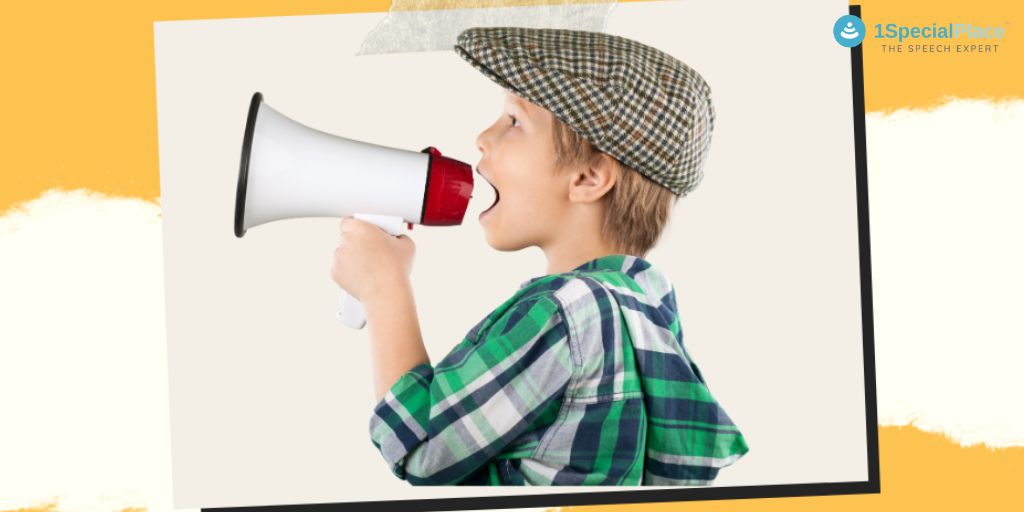
Aritculation Therapy : Teaching S and SH sounds
Aritculation Therapy : Teaching S and SH sounds
Teaching S and SH sounds, Is your child finding it hard to get his/her /s/ and /sh/ speech sounds right? Did you know it is one of the most mispronounced speech sounds in all languages? Typically children learn to produce /s/ and /sh/ by 4 years of age and master it as they grow older. For a young child with co-occurring speech sound errors, producing /s/ and /sh/ poses an even bigger challenge.
Click here to read the Articulation a beginners guide
How do we produce /s/ and /sh/?
The /s/ sound is produced by placing the tongue tip behind the front teeth, close to the roof of the mouth but not touching the palate. Then, the sides of the tongue are raised to touch the back teeth, leaving some space in the middle of the tongue for the air to pass smoothly. Lastly, the lips are parted slightly with the corners of the lips drawn upward. /s/ sound is unvoiced (does not involve vocal cord vibration) and is produced only due to the air travelling through the passages created in the oral cavity as stated above.
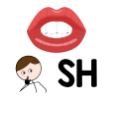 The /sh/ sound is produced by raising the tongue high inside the mouth and pulled back so that the sides of the tongue contact the back teeth. The lips are slightly protruded like making an /o/ sound. A shallow groove is created in the mid-line of the tongue for the air to pass through. /sh/ is unvoiced and belongs to the fricative group of speech sounds.
The /sh/ sound is produced by raising the tongue high inside the mouth and pulled back so that the sides of the tongue contact the back teeth. The lips are slightly protruded like making an /o/ sound. A shallow groove is created in the mid-line of the tongue for the air to pass through. /sh/ is unvoiced and belongs to the fricative group of speech sounds.
What kind of errors do children make?
The following lists some errors children make while producing /s/ and /sh/:
- /s/ is often substituted as /t/ (eg: tee instead of see)
- /s/ sound omitted or unable to say at all
- /s/ sound unable to say only in word level or sentence level
- /s/ is produced but distorted in word or sentence level
- /sh/ is often substituted by /ch/ or /t/ (eg: soes instead of shoes, tip instead of ship)
- /sh/ sound is omitted altogether
- /sh/ is produced but distorted
- /sh/ unable to produce in word or sentence level
“If your child is 4 years old or above and is making any of the above speech sound errors then you should be concerned.”
Teaching S and SH sounds
Read here about Articulation disorders
How do I teach my child?
Practicing the techniques listed below to teach /s/ and /sh/ speech sounds at home can be a very interesting activity for any child. Schedule specific time everyday to work on articulation of speech sounds. You can also try practicing during leisure time (while walking to a park, while watching television etc,). Practicing often will facilitate faster learning. Make sure to generously reward and encourage the child for his/her efforts. Every child is different and progress may be noted in a few days to weeks. It all depends on how well the child is able to follow oral instructions, understands correct tongue positioning and frequency of practice.
- Keep in mind that, if your child has trouble producing /s/ and /sh/, the longer you wait the more difficult it will be to treat.
“If your child demonstrates a lateral lisp or additional speech sound errors, first consult with a Speech-Language Therapist.”
Read a detailed blog on Typical development of speech sounds.
Remediation of /s/:
1. Imitation
Demonstrate and model production of /s/ as described above for your child to visualize. Encourage him/her to imitate your movements and try saying /s/ /s/ /s/. Keep practicing and eventually add different vowels to /s/ as in “so..so..so” “see..see..see” “sa..sa..sa”. You can then move on to practicing words when your child is able to produce at sound level.
2. Cueing
Provide visual cues to your child while training for /s/. Visual cues will help the child to recollect the sound better. You can point your finger to your lips while saying /s/.
Teaching S and SH sounds
3. Shaping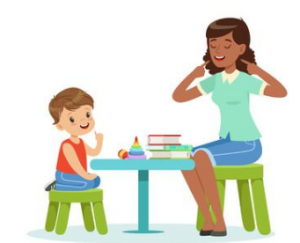
If a child is able to say /t/ then you can shape /t/ production to elicit /s/ sound. Tell your child, “We are going to practice saying t…t..t..t..t..t” first. Then, “We are going to try to make /t/ a little longer t..t..t…ts”. When the child is able to say this you can proceed further. Tell your child, “We are going to make the ts..ts.. little longer as in tsss…..tssss…tsssssssss”. Continue to practice by gradually make the /t/ disappear in /ts/ until it becomes only /s/.
4. Hissing like a snake
If your child is able to say /s/ in word level but its distorted or unclear, you can try this. Tell your child to pretend the tongue is like a snake inside the mouth which is a cage. Tell him/her, “We will try hissing like a snake /sssssss/ but don’t let the snake outside”. Model tongue placement and lip position inside the mouth as mentioned above and carry the activity. You can use a mirror during this activity to enable your child to self-correct and follow correct tongue and lip placement.
Some tools for teaching articulation.
5. Blowing through a straw
Practice blowing air through a straw. Hold the straw in the center of the lower lip, but do not allow the air to escape from the sides of the mouth. Now have your child make the /s/ sound and you will hear the air passing through the straw. Model and practice this activity with your child.
Remediation of /sh/:
1. Shaping
If a child is able to say /e/ then you can shape /e/ production to elicit /sh/ sound. Tell your child, “We are going to practice saying e…e..e..e..t..e” first. Then, “We are going to try to make /e/ a little round by rounding the lips as in /e/ with lips rounded. When the child is able to say this, it will sound like /sh/. Continue to practice by gradually make the /e/ disappear until it becomes only /sh/.
2. Sequencing
If your child is able to say /s/ then ask your child to gently say /s/ transitioning to a voiceless /y/. Now tell your child to round his/her lips while saying voiceless /y/. It will start sounding like a /sh/. Train your child to hear the /sh/ sound as he/her transitions between /s/ and /y/. Continue to practice until your child masters /sh/.
3. Like a butterfly
Model your child to push his/her tongue sides to the upper teeth, smile widely and blow air smoothly. You will hear a /sh/ sound. Keep holding the position and try rounding your lips. You will hear a clear /sh/ now. Continue to practice this until a clear /sh/ is mastered.
4. Phonetic placement
Demonstrate to your child what /sh/ looks and sounds like. Place the sides of your tongue against the teeth at the back and round your lips and blow some air gently. Make the child feel the air blowing and the sound produced. Now, ask your child to imitate your movements to achieve a clear /sh/.
5. “Miss you” technique
Demonstrate practicing “Miss you” rapidly. It will begin to sound like “Miss Shoe” and eventually when you increase your speed it will start to sound like /sh/. Have your child imitate your movements. This can be practiced for children who are able to produce other speech sounds correctly.
“If your child shows no progress even after following the above stated techniques, it high time you consult a Speech-Language Therapist for guidance.”
If you wish to know more about Speech Therapy, kindly contact us at info@1specialplace.com
For more ideas check out our other blogs
- Tele-Speech Remediation of Stuttering: A Case Study - April 22, 2023
- Voice Changes During Puberty in Teenagers - April 11, 2023
- Vital Stim Therapy for Swallowing Difficulty - April 4, 2023

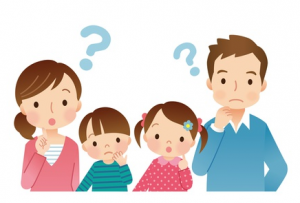

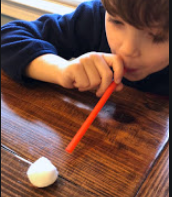


Leave a Comment
(4 Comments)
Very well explained. Presentation is excellent . Thank you for your services to humanity. All the best dear.
Very well explaned
I have a student who substitutes a /sh/ sound for the /s/. So “shoap” or “shwimming” What phonological process does that fall under? Or would it be considered an articulation error of substitution?
Hello Ms. Rebecca! I would term it a speech sound disorder. It can be an articulation substitution error or specifically a depalatalization phonological process where an alveolar fricative /s/ is substituted for a palatal fricative /sh/ eg: Shwimming. Hope this answers your question. Thank you!
Categories
Recent Posts